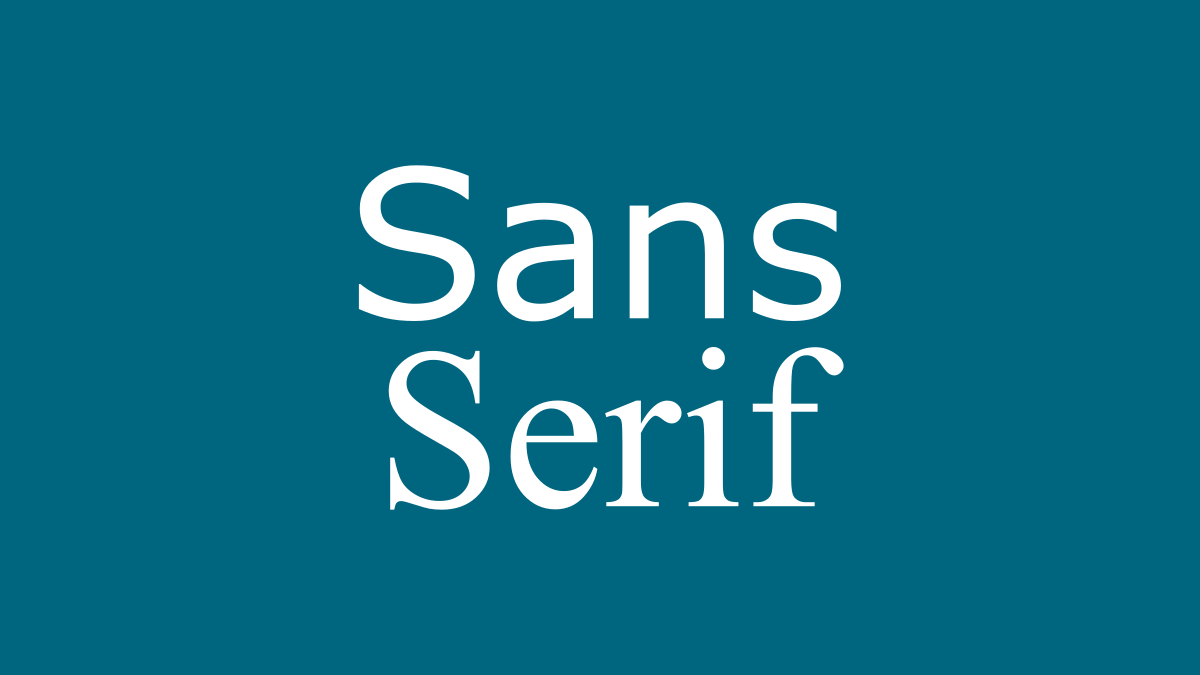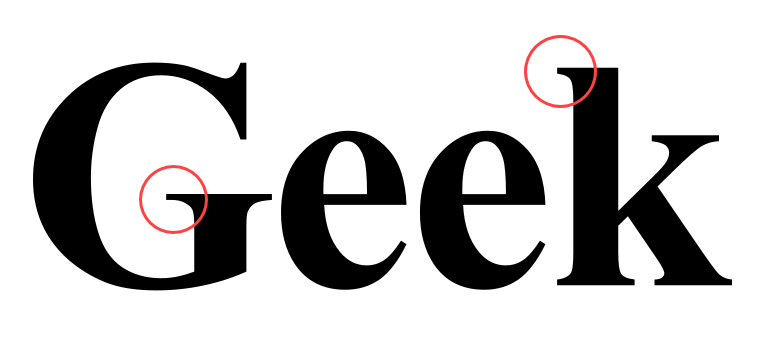If you've ever been on the hunt for the perfect font, there are two terms you've probably noticed---"serif" and "sans serif." Knowing what these terms mean will help you better understand what you're looking for.
Fonts and Typefaces
First, let's briefly talk about the terms we use to describe the look of text. What most people refer to as a "font" is actually the "typeface." For example, the classic Times New Roman is a typeface. "Font" is technically the file that contains the typeface. However, most people use "font" and "typeface" interchangeably.
What Is a "Serif"?
Pretty much all typefaces can be categorized as "serif" or "sans serif." Both of these terms include "serif," so let's start there. Here is the technical definition of a "serif:"
A slight projection finishing off a stroke of a letter in certain typefaces.
Basically, any time you see a little extra bit sticking out from the ends of a letter, that's a "serif." What does that actually look like? Let's go back to our old friend Times New Roman, which is a serif font.
All of those little extra lines are serifs. Any font that has some type of protrusion or tail like that is classified as a serif font. Some other popular serif fonts include Garamond, Cambria, and Rockwell. These fonts are typically seen as more "formal" looking.
Sans Means "Without"
Okay, now we know what a serif looks like, what is a "sans serif" font? If you know what the word "sans" means you've probably already figured it out. "Sans" simply means "without."
Any font that doesn't have serifs is categorized as a "sans serif" font. It literally just means "without serif." Here's an example with another very common font, Arial.
You can see this font looks a lot simpler. The ends of the letters are cleanly squared off, it doesn't have any of that extra flair. Sans serif fonts are typically seen as more modern. Popular sans serif fonts included Helvetica, Futura, and Calibri.
That's really all there is to it! You can use this knowledge to more easily find the right font. A serif typeface would be perfect for a formal wedding invitation, whereas something that needs to be easily read or have a modern look would benefit from a sans serif font.


